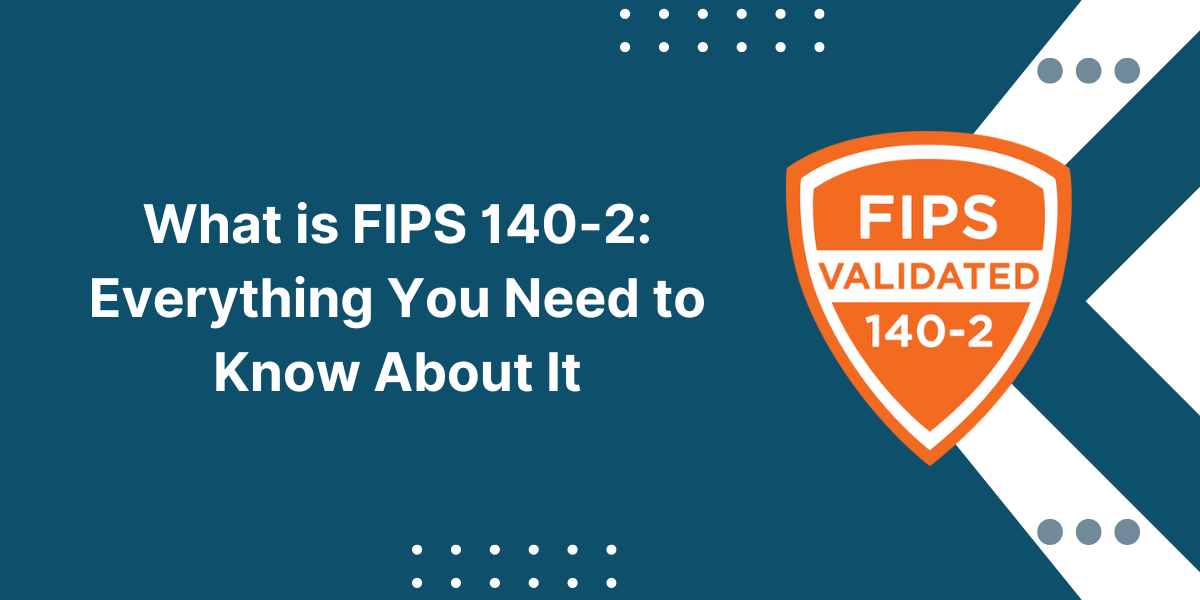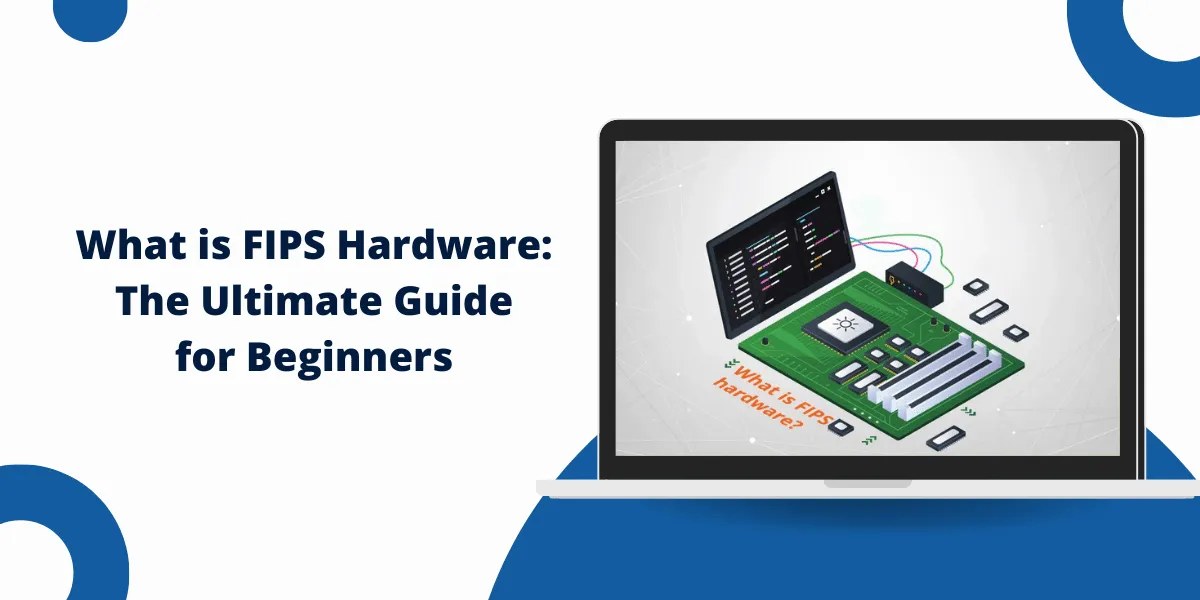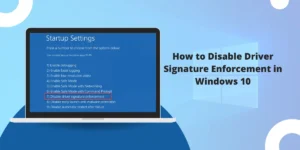Getting Started with FIPS 140-2
FIPS 140-2 is a security standard used to accredit cryptographic modules. It was developed by the National Institute of Standards and Technology (NIST) to establish requirements for cryptographic modules to protect sensitive data.
Adoption of FIPS 140-2 provides assurance that the cryptographic module was built and tested against a rigorous set of security requirements. This helps organizations securely implement cryptography in their systems to achieve information security goals.
Key Takeaways:
- FIPS 140-2 is a standard for validating the security of cryptographic modules published by NIST.
- It defines four levels of security requirements related to the design and implementation of cryptographic modules.
- Vendors submit modules to independent, accredited testing labs to certify conformance to FIPS 140-2.
- Once certified, modules can be purchased and implemented to achieve regulatory compliance and security goals.
- Industries like government, financial services, healthcare, and others rely on FIPS 140-2 for securing sensitive data.
What are Cryptography and Cryptographic Modules?
Cryptography refers to the science of securing information. It involves encrypting and decrypting data using mathematical algorithms and keys, making data unreadable and inaccessible to unauthorized users.
A cryptographic module is a set of hardware, software, or firmware that implements cryptographic logic to encrypt and decrypt data. Examples include encryption chips, hardware security modules (HSMs), and cryptographic libraries.
Cryptographic modules are important because they protect the confidentiality and integrity of data in systems and during transmission. However, cryptography itself must be implemented securely and tested to ensure there are no flaws that attackers could exploit.
That’s where standards like FIPS 140-2 come in – to validate that the cryptographic module properly implements the cryptography and resists attempts to bypass or weaken the encryption.
Overview of FIPS 140-2 Standard
FIPS 140-2 (Federal Information Processing Standard 140-2) is a benchmark used to accredit cryptographic modules and ensure they meet strict security requirements. Published by NIST (National Institute of Standards and Technology), it aims to coordinate cryptographic standards between government and industry.
History and Versions
- FIPS 140 was first published in 1994, superseded by FIPS 140-1 in 2001.
- FIPS 140-2 was published in 2001, and the latest version was published in 2019.
It defines security requirements in 11 areas related to cryptographic modules:
- Cryptographic module specification
- Module ports and interfaces
- Roles, authentication, services
- Finite state machine
- Physical security
- Operational environment
- Cryptographic key management
- EMI/EMC (electromagnetic interference/compatibility)
- Self-tests
- Design Assurance
- Mitigation of other attacks
Requirements are organized into 4 security levels, Level 1 being the lowest and Level 4 being the highest. As the levels increase, so does the security.
Validation Program
Vendors voluntarily submit modules to independent, accredited testing labs. Labs certified by NIST certify the modules to confirm that they meet the requirements for the claimed security level.
Once tested and validated, modules are added to the CMVP (Cryptographic Module Validation Program) Approved Modules List. This list serves as a validation certificate and is publicly available on the NIST website.
Customers like government agencies reference this list to purchase validated cryptographic modules for their systems and networks.
FIPS 140-2 Security Levels
FIPS 140-2 defines four security levels that specify particular requirements. Vendors undergo testing to validate the module against the requirements for the desired security level. Higher levels build on the lower levels with additional protection.
Level 1
Basic level that focuses on crypto implementation. Key requirements:
- Use approved algorithm and valid crypto (like AES, SHA-256)
- Generate strong keys
- Document crypto officer and user roles
- EMI/EMC testing
Level 2
Adds tamper evidence and role-based authentication. Key requirements:
- Tamper evident coatings/seals or pick-resistant locks
- Identity-based operator authentication
- Non-modifiable operational environment
Level 3
Enhances physical security and key management. Key requirements:
- Physical security mechanisms (multi-layered tamper detection/response)
- Identity-based cryptographic key management
- EFP/EFT protection
- Dedicated secure memory/processing
Level 4
The highest level protects against sophisticated attacks. Key requirements:
- Physical security against sophisticated attacks
- Complete envelope of protection around module
- Advanced key management and storage features
- Secure boot, fault injection resistance
- Zeroized memory when tampered
It secures critical data against network attacks, advanced side-channel attacks, and more. It is good for military, high-value data security.
Higher levels build on lower levels by adding protections. Users choose a level appropriate for their security needs.
FIPS 140-2 Validation Process
Vendors wishing to achieve FIPS 140-2 validation must undergo testing by an accredited lab. The steps include:
1. Choose an Accredited Testing Lab: 15+ independent labs accredited by NIST to perform FIPS 140 testing. Vendors select preferred labs.
2. Submit Security Policy: The vendor submits a security policy document detailing how the module meets each requirement.
3. Testing and Evaluation: The lab tests the module against the requirements for that level based on security policy. This may take 1-6 months.
4. Issue Validation Certificate: Upon passing testing, the lab issues a validation certificate for that security level.
5. Add to CMVP List: The module is added to NIST’s CMVP-approved modules list once validated.
Once they have completed this process, vendors can market modules as FIPS 140-2 validated. Users can verify the validity of the CMVP list.
Who Needs FIPS 140-2?
Many industries rely on FIPS 140-2 to help secure sensitive data, including:
- Government Agencies: Federal agencies are required to use FIPS 140-2 validated modules under the FIPS 140-3 mandate, which ensures the security of government data.
- Financial Services: Banks, lenders, and insurance firms rely on FIPS for PIN transactions, payment systems, and handling of economic data.
- Healthcare Organizations: HIPAA compliance may require FIPS 140-2 encryption and security. Protects patient health records.
- Cloud Service Providers: CSPs like AWS and Microsoft Azure offer FIPS 140-2 options to help customers meet compliance in the cloud.
- Telecom Providers: Telecom and VoIP providers are used to secure calls, meet lawful intercept needs, and comply with telecom security standards.
- Technology Vendors: Hardware/software vendors validate products so customers can integrate into their FIPS architecture.
- Cryptocurrency: Wallets, exchanges, and blockchain vendors use FIPS 140-2 to secure keys and digital assets.
Benefits of Using FIPS 140-2 Validated Modules
Here are some key benefits organizations receive from using cryptographic modules validated to FIPS 140-2 standard:
- Regulatory compliance: Satisfies compliance requirements like FedRAMP, HIPAA, PCI DSS, and others.
- Risk management: Reduces security risks around data protection and vulnerabilities.
- Trusted security: Leverages cryptographic standards designed by industry experts at NIST.
- Interoperability: Allows integration with other validated modules and cryptosystems.
- Procurement requirements: Meets RFP procurement requirements for FIPS compliance.
- Auditor acceptance: Provides independent proof of security for auditors.
- Peace of mind: Third-party validation provides assurance the product was rigorously tested.
FIPS 140-2 Compliant Products
Many types of cryptographic modules across industries are validated to FIPS 140-2 standards. Some examples include:
- Hardware security modules (HSMs)
- Encryption appliances like network encryptors
- Encryption modules within servers, databases, and operating systems
- ASIC encryption chips and toolkits
- Encryption libraries, software frameworks, and APIs
- Cryptocurrency hardware wallets and modules
- Public Key Infrastructure (PKI) components
- Smart cards and USB encryption tokens
- Virtualized and cloud-based cryptographic modules
NIST maintains the full CMVP list of thousands of FIPS 140-2 validated products that have passed testing by accredited labs. Government and industry customers can purchase appropriate modules from this list to meet security requirements.
How to Implement FIPS 140-2
Organizations wishing to implement FIPS 140-2 should follow these best practices:
- Determine your requirements: Conduct risk assessment to define security needs and FIPS 140-2 requirements.
- Select validated modules: Search the CMVP list to find modules certified for the right FIPS levels.
- Develop integration plan: Plan how modules will integrate into existing IT infrastructure.
- Validate procurement: Confirm any purchased module shows on the CMVP list as currently validated.
- Deploy modules: Integrate modules properly into networks, systems, and applications.
- Maintain compliance: Stay updated on the latest CMVP list in case of new validation status.
- Renew validations: Vendors must renew validation every few years, so the check module is still actively listed.
Along with deploying certified modules, organizations must train staff, create security policies, and implement proper IT controls to maximize the value of FIPS 140-2 protections.
Final Thoughts
Implementing validated cryptographic modules per FIPS 140-2 is critical for organizations that need to secure sensitive data and meet regulatory compliance requirements. This standard ensures cryptographic modules contain no weaknesses that could lead to compromised security.
By testing cryptographic modules against various security requirements, FIPS 140-2 assures strong encryption, authentication, key management, and physical security controls. Organizations across many industries trust this standard when deploying cryptography to protect their most valuable data assets and systems.
FAQs about FIPS 140-2
What are the differences between FIPS 140-2 and 140-3?
FIPS 140-3 is the latest standard, which will replace 140-2 once the transition period ends. Key differences:
- Cryptographic standards: 140-3 mandate newer standards like SHA-3 SP 800-56C and remove older ones.
- Testing requirements: Expanded module testing around entropy, physical security, and mitigation of attacks like side-channel and fault injection.
- Validation process: new mandatory “pre-validation” step and additional review requirements.
- Compliance timelines: Deadlines for vendors to comply with 140-3 and transition from 140-2 validation.
What are the penalties for non-compliance with FIPS 140-2?
For U.S. federal agencies under the FIPS mandate, penalties can include:
- Public disclosure of non-compliance.
- Prohibition from using non-compliant modules for sensitive encryption.
- Potential civil action or criminal charges in serious cases.
There are often no direct penalties outside the government. However, non-compliance may violate contractual requirements, result in fines/sanctions under regulations like HIPAA, or increase security risks.
Can you use Unvalidated crypto in FIPS 140-2 mode?
No. Enabling FIPS 140-2 mode requires that all cryptographic operations are done by validated modules using approved algorithms. Any non-compliant crypto use will fail/error. Systems must exclusively use validated modules when in FIPS mode.
What about open-source crypto and FIPS 140-2?
Open-source modules like OpenSSL could achieve validation but would need to undergo the full testing process by an accredited lab. Unvalidated open-source crypto cannot be used in FIPS mode.
Is FIPS 140-2 mandatory for private companies?
No. For private firms, following FIPS 140-2 is optional as a best practice for security. However, certain industries may be required to use it to comply with other regulations like HIPAA, PCI DSS, Gramm–Leach–Bliley Act, etc.

Priya Mervana
 Verified Web Security Experts
Verified Web Security Experts
Priya Mervana is working at SSLInsights.com as a web security expert with over 10 years of experience writing about encryption, SSL certificates, and online privacy. She aims to make complex security topics easily understandable for everyday internet users.



